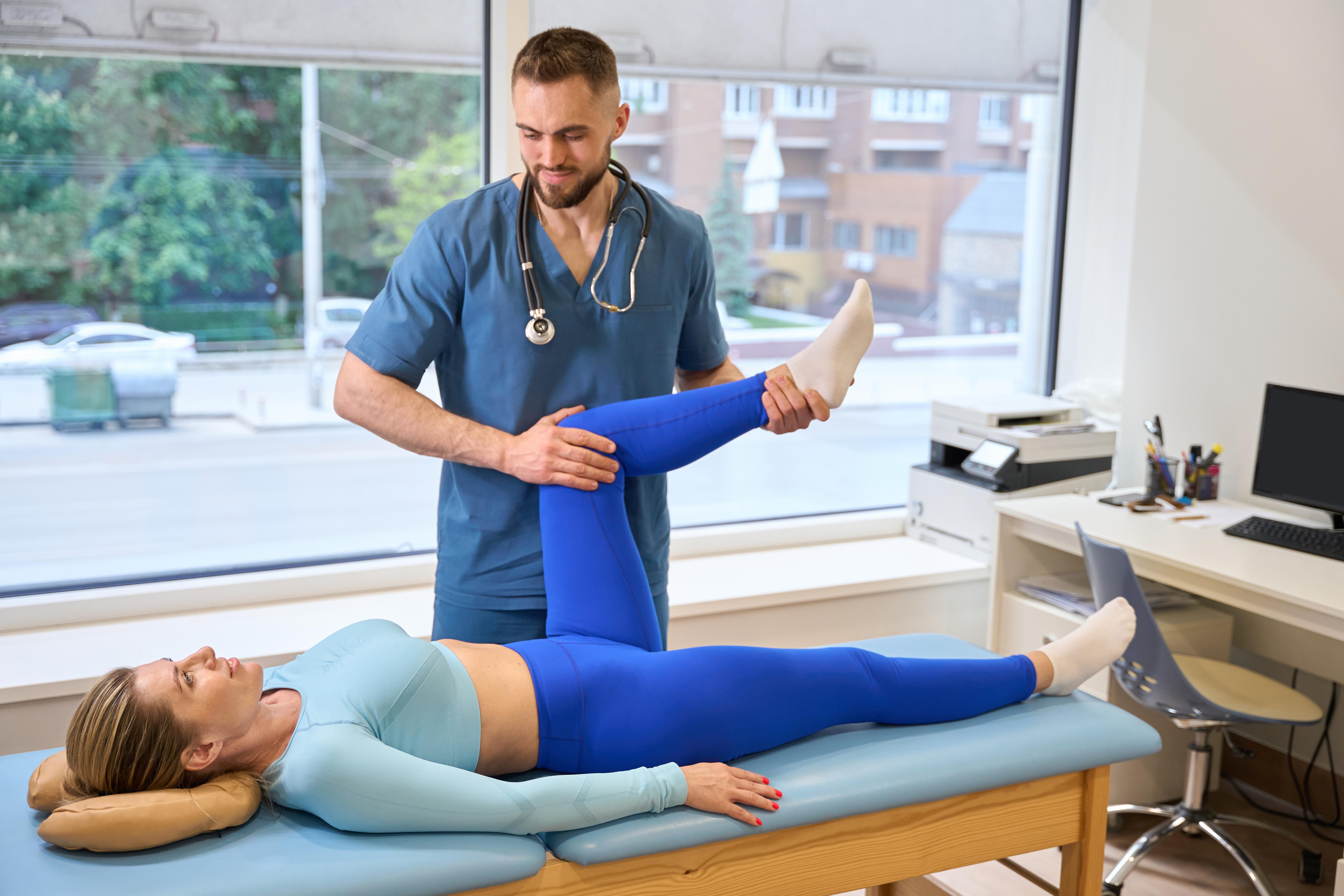18 Surprising Reasons Your Knees Are Bothering You
Knee pain affects people of all ages and can stem from issues within the joint itself or the surrounding soft tissues. Common symptoms include swelling, stiffness, and joint instability, along with popping or crunching sounds during movement. In more severe cases, individuals may struggle to bend or straighten their knee or find it impossible to bear weight on the affected leg. Doctors diagnose knee pain through a physical examination and, if necessary, imaging tests. Fortunately, a variety of treatment options exist, from over-the-counter pain relievers and prescription anti-inflammatories to injectable corticosteroids and physical therapy. However, the best approach to knee pain relief depends on its underlying cause. We’ve expanded our list to cover 18 major causes of knee pain—read on to learn what might be behind your discomfort and how to address it.
1. Dislocated Kneecap

Patients can develop a dislocated kneecap due to a sudden change in direction while their leg is firmly planted. This frequently happens in contact sports, such as basketball. It can also occur after falls or other trauma. The patella is a triangular bone that protects the knee. In most kneecap dislocations, the patella slips toward the outer side of the leg. Patients may notice an obvious knee deformity. They will usually be unable to walk or straighten their leg and knee. The joint could swell too. Doctors will perform x-rays or magnetic resonance imaging scans of the patient's knee when diagnosing a dislocated kneecap. Patients who have a confirmed dislocation will need to have their kneecap manipulated back to its proper location. After this, their knee will be in a cast or another immobilizer for roughly three weeks. After that time, physical therapy will be needed to rebuild strength and function in the joint. Kneecap dislocations typically heal within six weeks.
2. Anterior Cruciate Ligament (ACL) Injury

An anterior cruciate ligament (ACL) injury, as the name suggests, involves a partial or complete tear of the anterior cruciate ligament in the knee. Patients who play contact sports such as soccer, football, and basketball are at an especially high risk of this injury. The anterior cruciate ligament runs diagonally down the center of the knee. It is responsible for the rotational stability of the joint, and it also ensures that the tibia stays in place. Doctors use the term 'sprain' to describe an injured ligament. ACL sprains are divided into three categories according to severity. Most anterior cruciate ligament injuries are complete or nearly complete sprains. These are much more common than partial tears of the ligament. Patients who have had an anterior cruciate ligament injury may hear a popping noise at the time of the injury. They may also feel their knee give out from under them. There may also be discomfort while walking, and the knee generally swells within twenty-four hours of the injury. These injuries are typically treated with surgery using a tissue graft to reconstruct the ligament.
